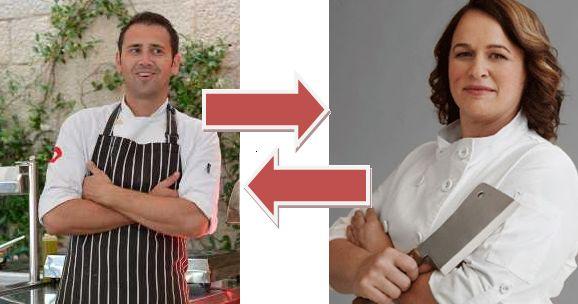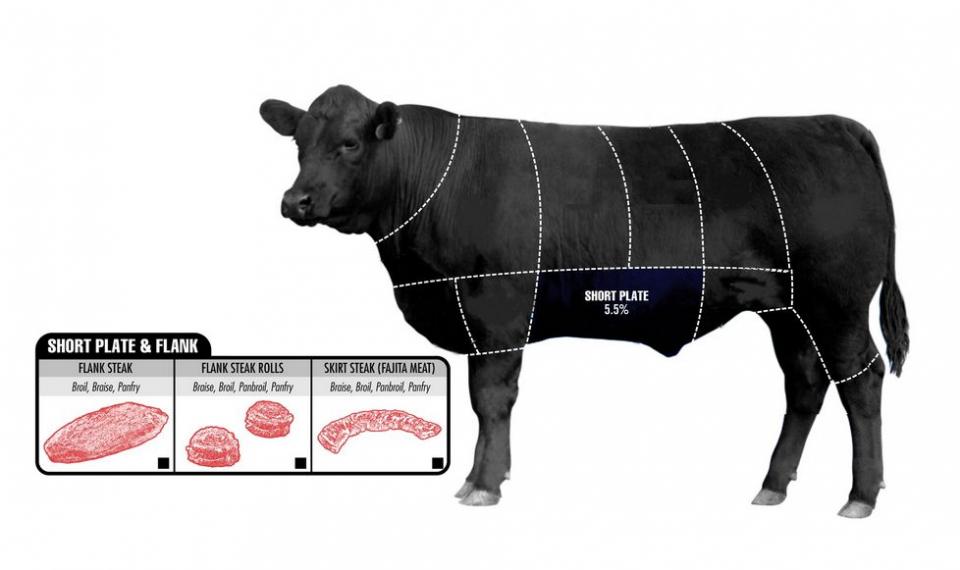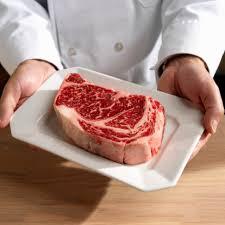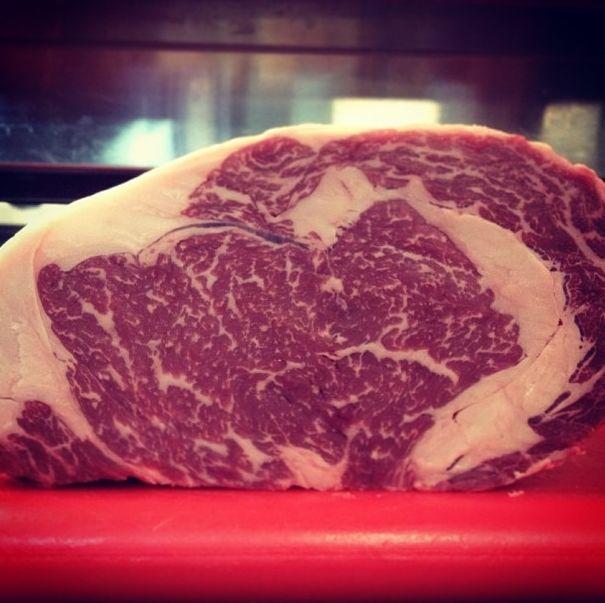Butchery & Wine Hvar Restaurant Chef Mario Bobanović's Top 5 steak buying tips
Follow Butchery & Wine Hvar Restaurant Chef Mario Bobanović advices and acquire enviable skills in the kitchen.
Let's start with a cliche "You cannot have a great meal without having great main ingredients" and many times it is not a fact closely related to spending a lot of money. When it comes to steaks, it is a good idea to have some knowledge of the type of steaks you are planning to buy before you head to the market. At least you should know, how much steak you will need and which and how much steak you can get for your budget. Nowadays, there are so many great cuts available and you can get a great deal if you purchase them relating to the knowledge on how you are going to serve the meat.
1. It’s all about good relationships

Start a relationship with your butcher. Laughter. No, I did not mean it literally but if you want to learn about meat, how to purchase it, what’s a good buy today, how to cook it - start a relationship with your butcher. These are the guys who know their business and will be glad to help if you just ask. They come in with their own preconceived ideas of what a good steak should look like and end up buying an inferior product. A good steak is expensive so why not ask the expert who handles the products everyday what they think is a good bargain. You may be surprised by getting better cuts for less money.
2. Learn your cuts: a plate is not only a flat dish made of china

Since steaks come in all shapes and sizes there is a huge influence on the cooking technique. For example the chuck is the shoulder area at the front of the cow and the rump is at the back of the cow and the rib and loin areas are in the middle. So where is the point? The chuck and round are muscles that do a lot more work than the loin and rib muscles thus making them tougher cuts of meat meaning they are better for braising and stewing, in the rib section you have tender rib-eyes steaks perfect for grilling but you also have short ribs that need to be slow cooked in order to make them tender. At the end, the plate cut is from the front belly of the cow, just below the rib cut. In addition to being cheap, plate cuts are extremely flavorful and are often marinated before grilling or pan-searing to add moisture.
3. The CST formula

Obviously the Color, Smell and Touch matter.
Color – You can easily notice a huge difference in color between meat cuts from grass-fed beef and meat from cows fed grain and finished on corn. The grass fed beef is going to be a much darker red color than a well-marbled grain finished steak. As well I was surprised when I first saw the yellow color of fat (marbling) in grass-fed beef when instead the marbling on grain-fed beef is white or creamy. The most important part you should look for is that there should be no brown spot in the fat or on the edges.
Smell – Simple as it is. If the meat you are buying smells sour or has an ammonia odor, it’s not fresh. Don’t Buy It!
Touch – this one is difficult until you get the beef home. Most butchers aren’t going to let you put your hands all over their steaks. But remember what I said about installing good relationships? My butcher lets me do it when I’m choosing the cuts for Butchery&Wine Restaurant, if they feel sticky to the touch, there’s a good chance they are past their prime.
4. Love the Marble

I already mentioned marbling in the part of the color but here I will use it to describe the taste. Marbling gives steaks both flavor and tenderness and it is the dispersion of fat within the lean. The best marbling is small flecks of fat evenly spread across very fine textured lean.
5. “Natural Beef” and “Naturally Raised Beef”

Today, when the power of marketing upstaged the real quality behind the product, fancy sounding names like “Butcher’s Prime” or “Top Choice Select” will in most cases make you buy “Le Steak”. Beware, these names essentially mean nothing and unless you ask the butcher what you are buying, you really have no idea what you are getting. If you are going behind the label and you have an extensive budget, always choose the Naturally Raised Beef etiquette since the Natural Beef only declares how is the meat processed and not what it has been fed.

